No products in the cart.
Hair Care Guide
What Causes the Matting of Hair?
Matting of hair is caused by various factors, including both hair characteristics itself and external elements. Let’s find out the best solution for this matter.

Occasional knots and tangles are common issues that occur for hair, but if you encounter severely matted hair, it must be a big problem. What exactly is matting of hair and what causes this issue on your hair?
There are many reasons behind hair being matted, from daily hair caring habits to the type and texture of hair. Are you finding the solutions that you don’t have to require cutting your hair? Here, Jen Hair will suggest the best practices for you to overcome the matted hair and help it restore to become healthier and more beautiful!
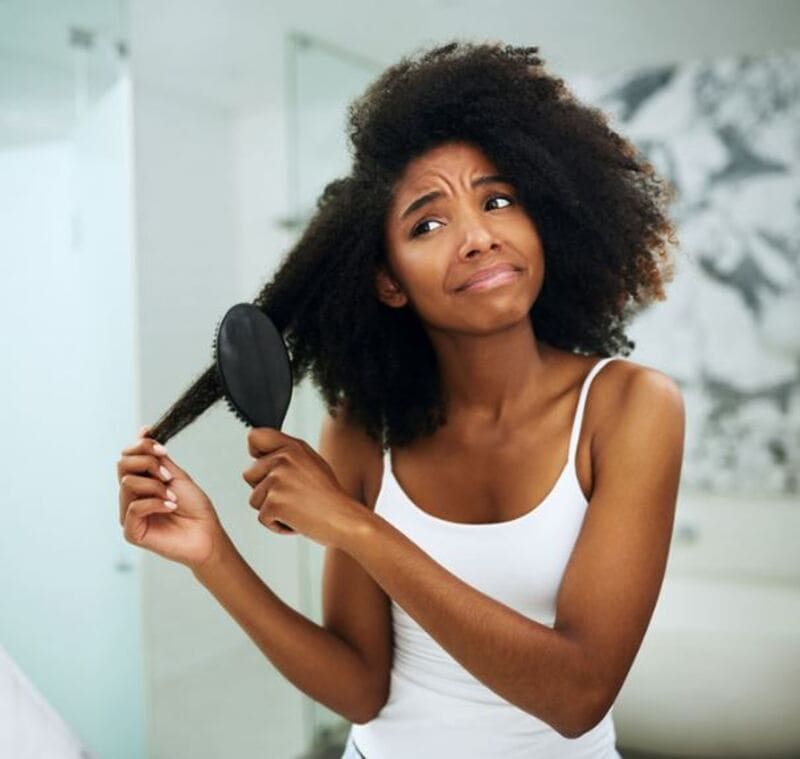
What is Matting of Hair Meaning?
Matted hair is when your hair gets all tangled up into tight knots and clumps. These tangled bunches can happen anywhere on your head – at the roots, in the middle, or at the ends of your hair strands.
It starts when loose hairs that are hanging freely get twisted and wrapped around the hairs that are still attached to your scalp. As this twisting continues over and over, it forms tight, firm knots that are really hard to untangle.
Some people are more prone to getting matted hair, especially those with very curly, coarse, or dry hair types. If you wear styles like braids or dreadlocks and don’t brush out the loose hairs frequently, it increases the chances of your hair becoming severely tangled and matted.
In simple words, matted hair happens when loose strands keep twisting around attached hair until they turn into stubborn, knotted messes that are difficult to undo.
What is Excessive Matting of the Hair Called?
Excessive matting of hair is called plica polonica. Plica polonica is a rare condition where the hair on the scalp gets severely matted and tangled in an irreversible way. This means the hair gets twisted and knotted together into a solid, felt-like mass that cannot be easily untangled or combed out.
This condition is usually associated with:
- Neglecting to take care of your hair
- Having psychiatric issues or disorders
- Getting infestations on the scalp
- Using certain ingredients (called ionic surfactants) in shampoos
In very rare cases, taking certain drugs has also been linked to causing plica polonica.
When someone has this condition, the matted hair becomes tightly twisted together, forming a solid clump that doesn’t come undone easily. This can cause significant discomfort and pain. Medical treatment may be needed to address the underlying causes and potentially remove the severely matted hair mass.

What are Matted Hair Causes?
Hair matting can occur due to several factors related to hair type, length, and care practices. Long hair is more prone to tangles and knots that can lead to matting because of the increased length and friction from daily activities. Curly or coily hair textures are also at higher risk due to the hair’s unique coiled structure that allows strands to interlock more easily.
Long Hair
While long hair can be stunningly beautiful, its very length also makes it more vulnerable to becoming knotted and tangled. The greater the hair’s length, the more opportunities loose strands have to become intertwined with still attached strands, leading to matting. Furthermore, long hair faces increased friction and potential for snagging during everyday activities like lying on a pillow or from exposures to wind.
Curly and Coily Textures
Hair with naturally curly or coily textures are sentitive to matting due to the unique shape and structure of the hair strands themselves. The bends, loops, and curves of these hair types allow strands to more easily latch onto one another, facilitating the formation of mats. Compounding the issue, curly and coily hair tends to be drier and more fragile, further increasing its proclivity for developing frustrating knots and tangles.

Moisture-Deprived Strands
Lack of adequate moisture within hair strands renders them more prone to matting. When the hair is insufficiently hydrated, the outer cuticle layer becomes raised and roughened, enabling individual strands to more readily catch on and interlock with each other into stubborn knots. Properly hydrated hair has a smoother, more consolidated cuticle that allows strands to glide over each other without binding.
Improper Cleansing Routines
The way you wash and cleanse your hair can directly impact its propensity for matting of hair. Harsh scrubbing motions or use of stripping shampoo formulas can deplete the hair’s natural oils and protective lipid layer. With this vital lubrication and conditioning stripped away, the hair is left vulnerable to dryness, increased friction between strands, and stubborn tangles forming.
Incomplete rinsing after shampooing also raises matting risk by allowing product residues to remain and accumulate on the hair. Built-up residues act like an adhesive, binding strands together into knots while also leaving the hair with a dull, unmanageable appearance and texture.
Sleeping without Hair Protection
One of the leading culprits behind hair matting is going to sleep with your hair completely loose and unprotected. Throughout the night’s tossing and turning, your hair strands continuously rub against the pillowcase fabric, generating friction that causes strands to snarl into tangles and knots. This nightly friction disrupts the hair’s smoothness.
Taking preventive steps like securing your hair in a protective style before bed, or using a satin or silk pillowcase, can minimize overnight friction and resulting matting. The smoother pillowcase material allows hair to glide across it with less snagging.
How to Get Matting out of Hair
When hair is matted severely, it seems to be a daunting task to undo it. However, there is still proper matting of hair treatments that help you dently detangle the most stubborn knots. These approaches will not inflict unexpected pain or hair damage. Take into account the following steps to detangle matted tresses to avoid harsh cutting.
Patience and Preparation
Tackling matting of hair requires a calm, unhurried approach along with gathering the right detangling aids beforehand. Collect a detangling brush, wide-tooth comb, leave-in conditioning spray, and sectioning clips. Rushing through knots aggressively will only lead to more breakage, so a patient, gentle technique is crucial.
Saturate Your Hair with a Leave-In Conditioner
The first step is saturating the matted areas with a rich leave-in conditioning formula. The conditioning ingredients help soften and lubricate the hair, reducing friction as you detangle. Allow several minutes for the product to fully penetrate the knots before beginning to loosen them. This preps the hair to release tangles more easily.

Methodically Conquer One Section at a Time
Using sectioning clips, carefully divide the hair into manageable portions you can focus on individually. Systematically work through one section at a time, starting from the ends and outermost layers before moving upwards and inwards. This prevents existing detangled hair from re-tangling as you progress.
Gently Detangle the Hair
Begin the detangling process by using just your fingers to gently loosen and tease apart the knots in each sectioned portion of hair. Finger detangling allows for careful separation of strands with maximum control, minimizing pain and risk of damaging delicate, tangled areas.
Once the initial knot is loosened with your fingers, you can then employ a detangling brush and wide-toothed comb to fully work through and smooth out that section. For any particularly stubborn snarls, hold the hair taut above the knot with one hand while using the other to cautiously pick apart the tangle. Reapply the leave-in conditioner as needed to reduce friction and allow strands to glide apart more freely.
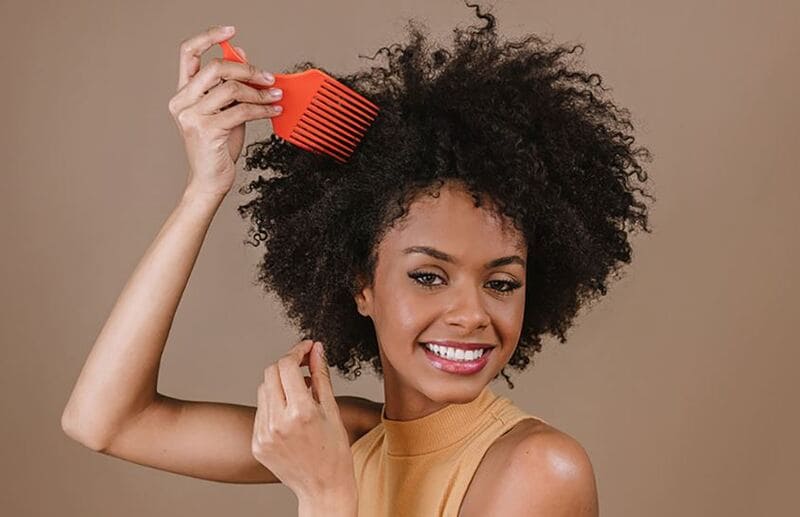
Seek Expert Assistance
If you are confronted with extreme, persistent matting that proves too formidable to manage independently, don’t hesitate to enlist professional help. An experienced stylist can evaluate your hair’s condition and employ specialized detangling services utilizing advanced techniques and tools. They are designed to safely and effectively address even the most severe cases of matted hair.
Which Prevents Hair from Matting and Tangling
After the successful detangling process, the next priority is revitalizing and promoting overall hair health. Hair that has been severely matted often suffers from dryness, breakage, and a dull, lackluster appearance.
However, with proper care and attention, you can restore your hair’s vitality, bringing back its natural shine and beauty. Implement these effective strategies to revive and nourish hair emerging from an extended matted state:
Deep Conditioning Treatments
One of the most powerful ways to reintroduce lasting moisture to hair is through frequent deep conditioning treatments. Look for intensive hair masks specifically formulated to repair damage, strengthen strands, and provide rich, penetrating hydration.
Liberally apply the deep conditioning treatment throughout your hair, concentrating on the midlengths and ends. Allow it to fully saturate for at least 10 minutes, or leave it on overnight for maximum absorption. Thoroughly rinse, then follow with your regular conditioner to help smooth the cuticle and seal in that replenished moisture.

Consistent Moisturizing
To counteract dryness and prevent future breakage, moisturizing needs to become an integral part of your hair care routine. Use a lightweight leave-in conditioner and hair oil daily to hydrate strands, targeting any areas that tend to be most dry, brittle and prone to damage.
Trim Away Split Ends
Matted hair often goes hand-in-hand with split, frayed ends which can impede your hair’s overall health and appearance. Make it a point to schedule regular trim appointments to snip away those split ends before they have a chance to travel further up the hair shaft. Getting a light dusting trim every 6-8 weeks helps maintain hair integrity, encourages new growth, and minimizes future matting risks.
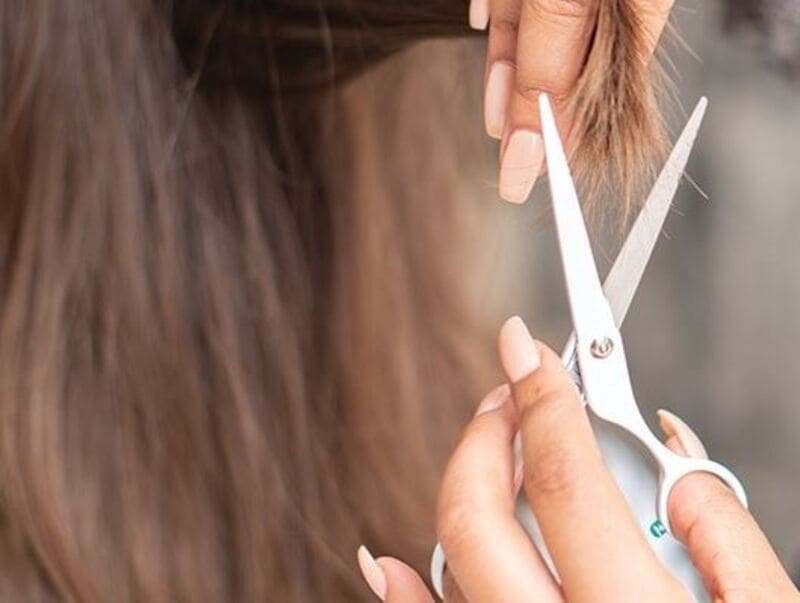
Embrace Gentle Styling
Avoid hairstyles that place excessive tension or create unnecessary friction on your strands, as this can contribute to additional damage. Instead, opt for loose, protective styles that minimize pulling and rubbing forces. When using hot styling tools, always prep with a heat-protectant spray first, and use satin or silk hair accessories to reduce friction and preserve smoothness.
Limit Overwashing
Washing your hair too frequently can strip away its natural protective oils, leaving it vulnerable to dryness and increased tangling. Stick to a gentle, sulfate-free shampoo and try to limit full washings to just 2-3 times per week when possible. Look for hydrating, reparative shampoo and conditioner formulas.
Protect Strands Overnight
To ward off future damage and matting, take steps to protect and maintain your hair’s smoothness while sleeping. Use a silk/satin bonnet, scarf or pillowcase to minimize friction. You can also loosely braid or twist your hair into an elevated bun or updo before bed to further prevent tangling overnight.

To Conclude
Matting of hair can arise from a variety of factors – from hair type and length to improper haircare habits and styling practices. Taking preventive measures like using gentle haircare products, protecting hair overnight, avoiding over-manipulation, and keeping strands moisturized can go a long way in minimizing matting.
However, if you find yourself struggling with severely matted hair that requires immediate detangling, don’t hesitate to seek another alternative. Jen Hair offer specialized hair wings for an immediate solution while you are waiting for reviving your hair’s health after excessive matting.

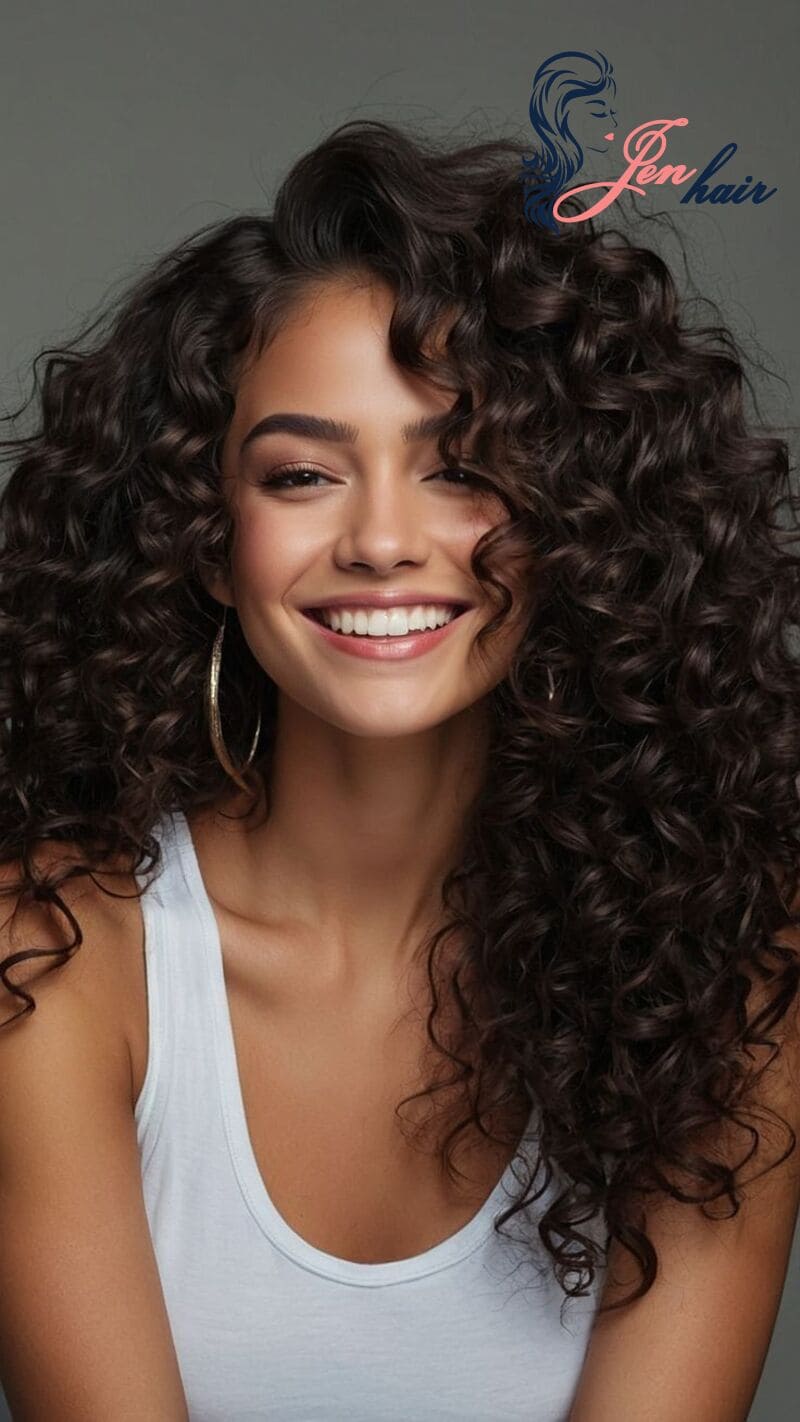 Everything You Need To Know About Bundle Weave Hair
Everything You Need To Know About Bundle Weave Hair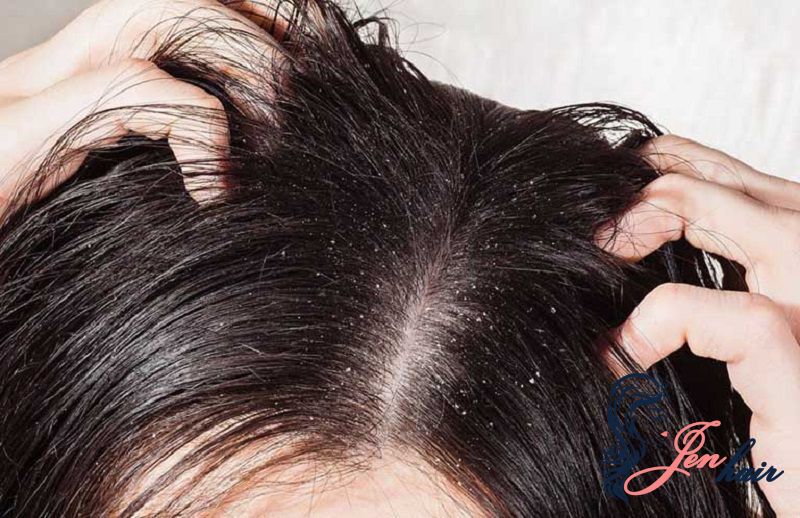 The Ultimate to Damp Hair: Care, Risks, and Best Practices
The Ultimate to Damp Hair: Care, Risks, and Best Practices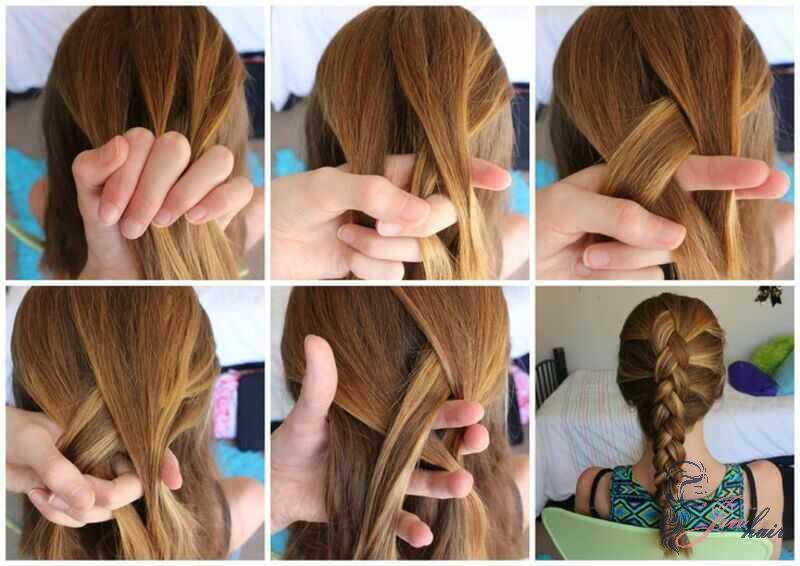 Ponytail With Braids On The Side: Ways To Show Your Personality
Ponytail With Braids On The Side: Ways To Show Your Personality
